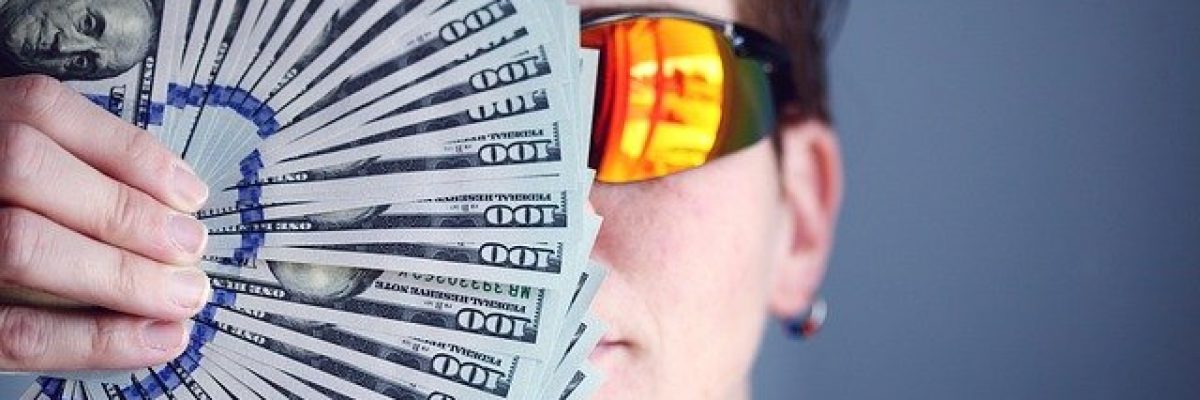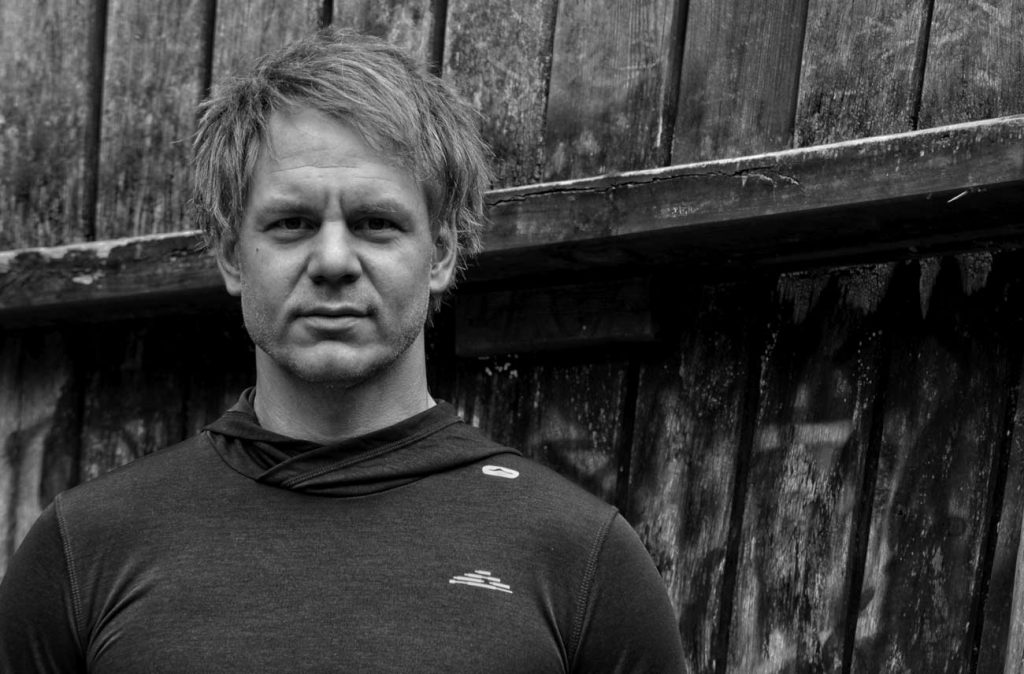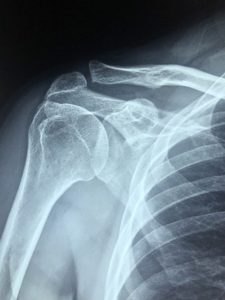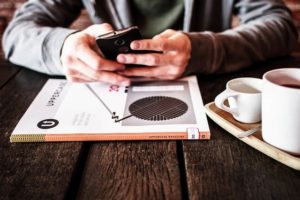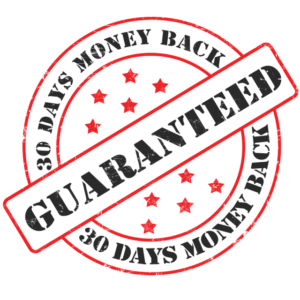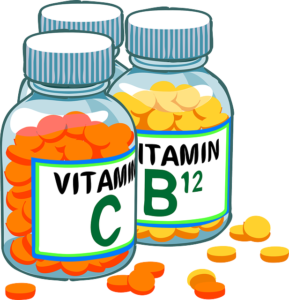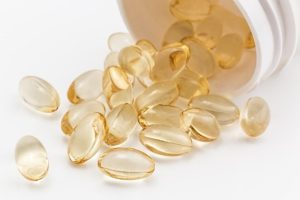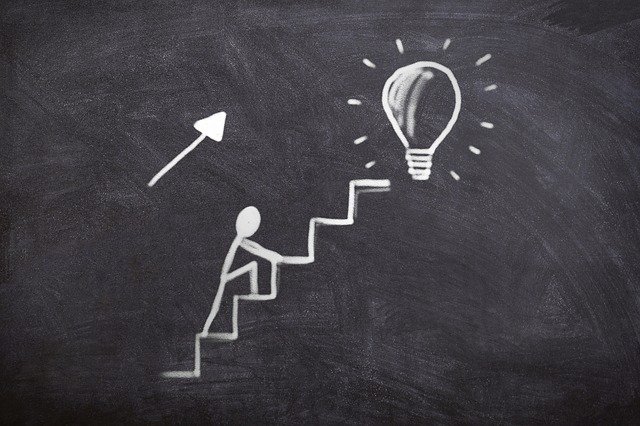The pain relieving expert gives hope. When was the last time you moved without pain? Oh… so long ago. Are you ready to get there again? Not so fast. Are you sure? Well, follow me….
Here’s an example: I as an employer say to my employee, if you follow my concept one hundred percent – then it is very likely that you will be financially independent after 5 years. Who can resist that?
But now I say you have to do everything without questioning. When I say “Jump.” Is your answer: “How high?”Are you still ok with it? Still 100%?
Reality: The answer, when you dive into it, is “It depends.” “It depends on what I have to do to make it happen.” Right?
Let’s translate this into the realm of pain. And finally becoming pain-free again and continuing to stay pain-free. That’s the whole point, isn’t it? We notice at some point that some joints can no longer be used without pain. A joint involves at least two bones that form a mobile connection. Now we assume that through daily life certain behaviours have been trained to make one’s life easier and more efficient.
How long have you been sitting? The last 40 years!
How long have you been using your mobile phone with your head bent forward and always with your right thumb? For 15 years.
That’s what I mean by that. If movements are carried out more frequently than average and here it comes: NO relieving movements are carried out on the opposite side, the muscle, the fascia, the tissue shortens and the area is compressed more and more.
Joint angles that are often needed in daily life are supported, angles that are used less are not supported. What happens in the joint when you do this for 10, 20… 40 years? The even bearing of the optimal joint shifts. Places that were perfectly balanced before become excessively worn. At the same time, the body’s own repairs no longer manage to compensate for the increased wear. This is what the normal doctor calls arthrosis.
Anyone who has back pain, please try the following experiment: Lie flat on the floor and wait a few minutes. And is the pain gone or very much reduced? Has the arthrosis disappeared? How then does the pain get into the back, into the joint? If I tell you that pain is “only” a protective function of the body to protect its own structure – is that credible? Similar to a seat belt in a car. Where does this pain form? In the brain.
24 hours a day it looks for voltage peaks in the system (in the body), if the brain determines that there is a threat, then a pain is switched on – in the area concerned.
Result: The “destructive” movement pattern must be changed or executed more slowly. The “safety belt” has obviously worked. According to this statement, there would now “only” be one possibility to switch off the pain: We reduce the voltage peaks in the system so that the brain no longer has to switch the pain.
Does that make sense? What does the employer have to do with it? It depends on what I have to do for it, right?
The deal would be: 6 exercises 2x a day. And the pain reduces by 30%. Well… how does it look now? Independence – freedom from pain – is the goal. Now it’s your turn.
Are you interested in the topic? Then please give me your feedback. Thank you very much.
See you next time.
Stay strong.
Matti

